How to Choose the Right Publishing Path for Your Book
How to Choose the Right Publishing Path for Your Book
Publishing your book is an exciting goal, but deciding which path to take can feel overwhelming. Traditional publishing, indie publishing, hybrid options, self-publishing—each route comes with its own pros, cons, and considerations.
Choosing the best option for you starts with understanding what each path offers and aligning it with your goals, resources, and timeline. Let’s break them down:
1. Traditional Publishing
What It Is: Partnering with an established publishing house (big or small) that handles production, distribution, and marketing.
Best For: Writers seeking broad market reach, professional editing, and placement in bookstores.
Key Considerations:
You’ll need an agent to pitch your book to publishers.
The process can be slow, often taking 1–2 years from deal to publication.
Marketing support is often limited unless you’re a top-tier author.
2. Self-Publishing
What It Is: Publishing your book independently through platforms like Amazon KDP, IngramSpark, or Draft2Digital.
Best For: Writers who want full creative control, faster timelines, and higher royalty rates.
Key Considerations:
You’ll be responsible for costs like editing, cover design, and formatting.
Marketing is entirely up to you.
Success often depends on your ability to build an audience.
3. Hybrid Publishing
What It Is: A middle ground where authors share production costs with the publisher but gain access to professional services.
Best For: Writers who want the support of traditional publishing without the need to secure an agent.
Key Considerations:
Not all hybrid publishers are reputable—research is crucial.
Costs can be high, but royalties are typically better than traditional publishing.
4. Small Press Publishing
What It Is: Partnering with a smaller, independent press that often specializes in niche markets.
Best For: Writers whose work fits a specific genre or audience that smaller presses cater to.
Key Considerations:
Indie presses often have a personal, hands-on approach.
Advances may be smaller, but you’ll often retain more rights to your work.
How to Decide
Define Your Goals: Are you looking for creative control, maximum reach, or a quick timeline?
Assess Your Resources: Do you have the budget for self-publishing or the patience for traditional publishing?
Research Your Options: Look into reputable publishers, platforms, or hybrid models that fit your needs.
Choosing the right publishing path isn’t about following trends—it’s about finding the option that aligns with your goals, values, and vision for your book. No matter which path you take, remember: publishing is just one part of your journey as a writer.
If you’d love expert guidance on your career, your author brand, and your WIP, we’re here for you. Check out our Iconic 12 Month and Mini Iconic 6 Month mentorship packages and let us help you forge your path to success!


